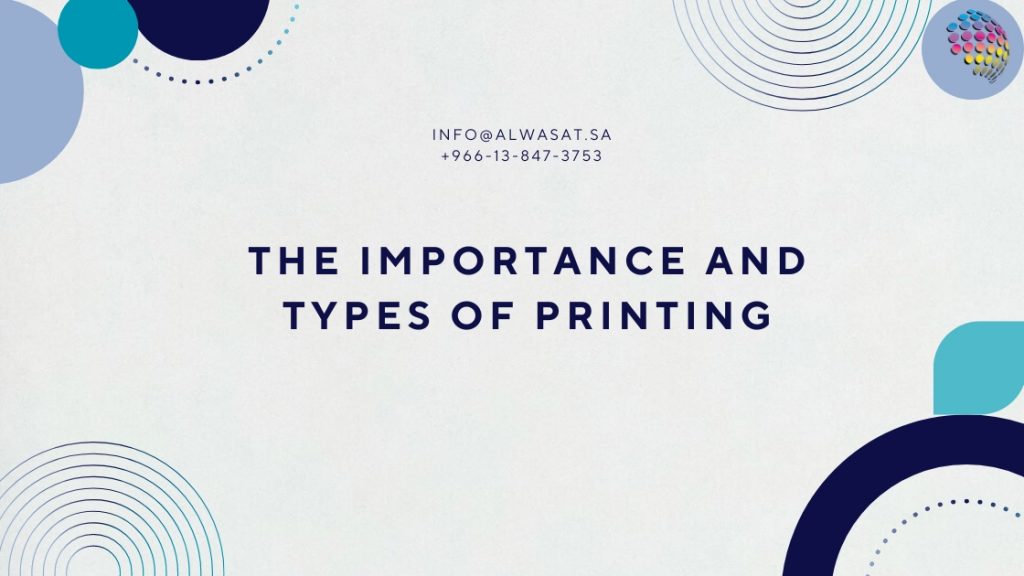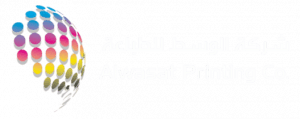Printing is an essential part of our daily lives, from books and magazines to signs and posters. With technological advancements, various printing types have emerged to meet diverse needs. This article explores the main types of printing and their different techniques.

1. Offset Printing
Offset printing is one of the most widely used and popular printing techniques globally. This technique involves transferring ink from a metal plate to a rubber blanket and then to the printing surface. Offset printing is extensively used for printing books, magazines, and newspapers due to its high accuracy and excellent quality.
Advantages of Offset Printing:
- High-quality and detailed precision
- Low costs for large-volume printing
- Ability to print on a wide range of surfaces
2. Digital Printing
Digital printing is the latest printing technology, where digital images are directly transferred to print media via digital printers. This technique is widely used for on-demand printing and works that require high customization.
Advantages of Digital Printing:
- Fast production and immediate printing
- Flexibility in customization and small batch production
- Low setup costs
3. Screen Printing
Screen printing is a traditional technique that uses a mesh screen to transfer ink onto the desired surface, using special templates to define the printing areas. This technique is widely used for printing on clothing, signs, and posters.
Advantages of Screen Printing:
- Ability to print on a wide variety of materials
- Production of bright and thick colors
- Suitable for large-volume printing
4. Inkjet Printing
Inkjet printing uses spraying liquid ink directly onto paper or fabrics. This technique is commonly used in home and office printers and in some industrial applications.
Advantages of Inkjet Printing:
- Flexibility to print on different materials
- Ability to produce high-quality colored images
- Suitable for small to medium-volume printing
5. Laser Printing
Laser printing uses laser beams to transfer texts and images onto paper. This technique is widely used in office printers due to its speed and efficiency.
Advantages of Laser Printing:
- High printing speed
- Excellent quality for text and graphics
- Low costs for large-volume printing
6. Letterpress Printing
Letterpress printing is one of the oldest printing techniques, where ink is pressed from metal or wooden letters onto paper. This technique is still used in artistic works and special cards despite its age.
Advantages of Letterpress Printing:
- Production of clear and raised texts
- Unique texture and artistic quality
- Ideal for craft and artistic works
7. Gravure Printing
Gravure printing uses engraved cylinders to transfer ink onto paper. This technique is mainly used for printing high-quality magazines, packaging, and plastic printing.
Advantages of Gravure Printing:
- High printing quality and detailed precision
- Suitable for large-volume printing
- Capable of printing on various materials
Conclusion
The types of printing vary and their techniques differ to meet diverse needs. From traditional offset printing to modern digital printing, each technique has its advantages and specific applications. Choosing the appropriate type of printing depends on the project’s requirements, budget, and the materials used. Understanding these types will help you select the most suitable technique for your printing needs.

